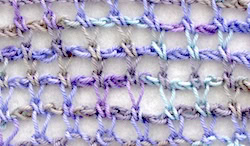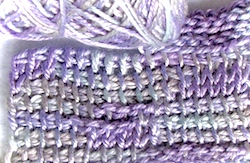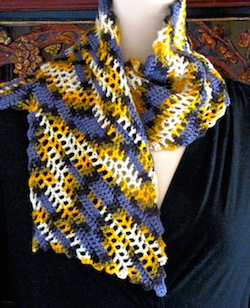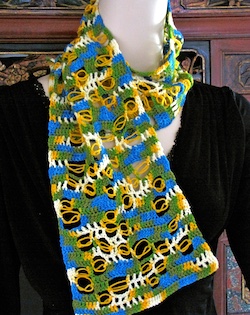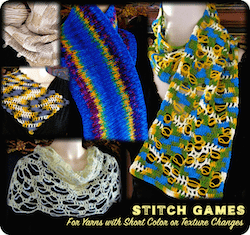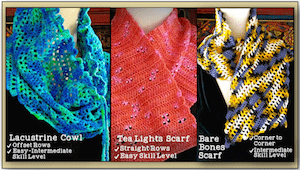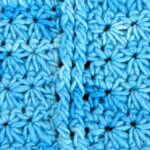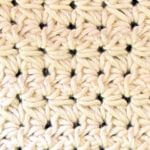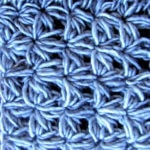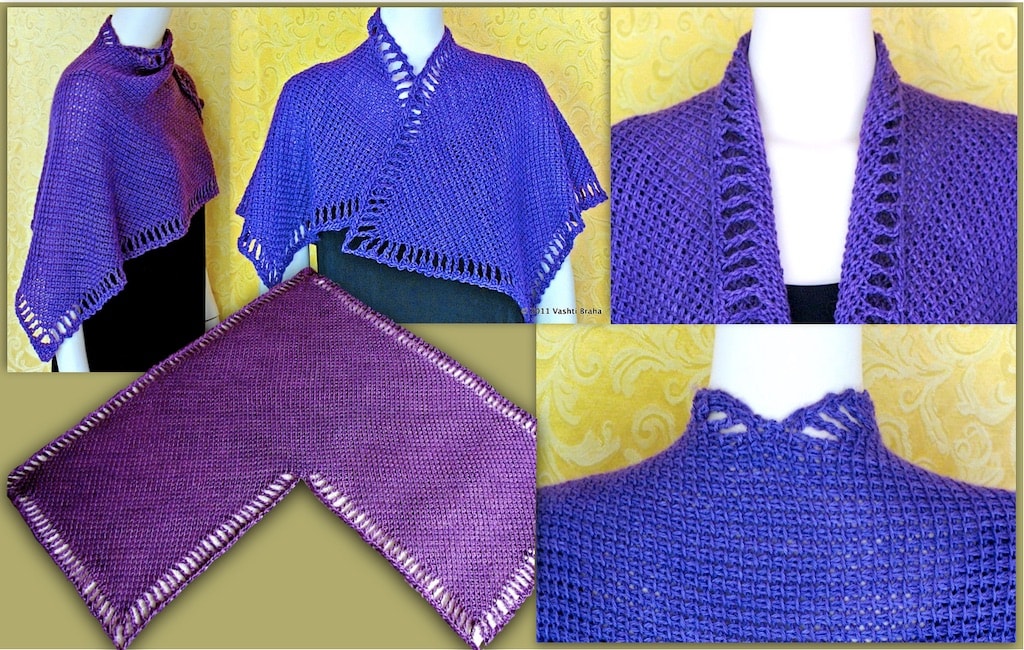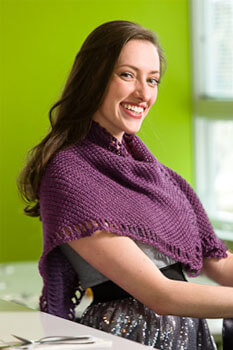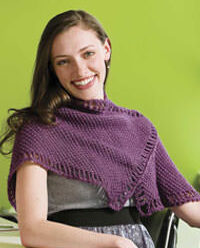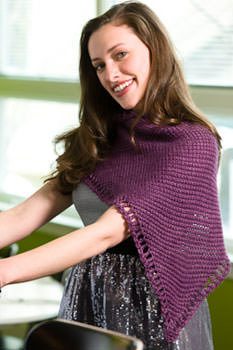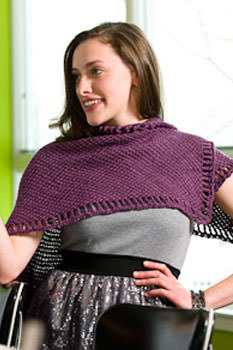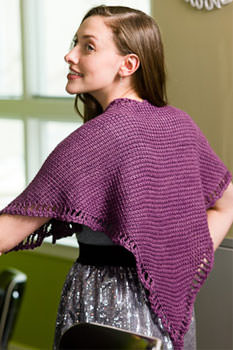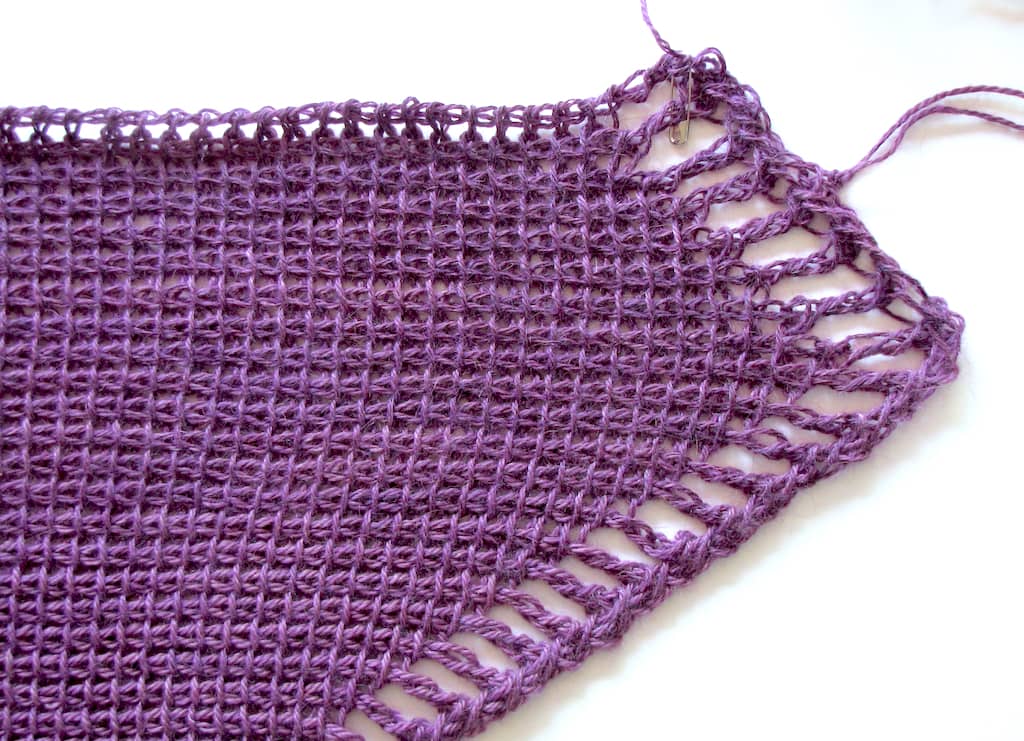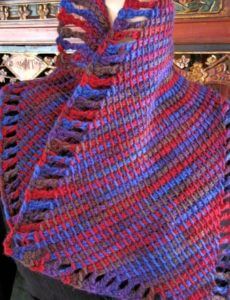“Day 1 of 50”?
Yes. Fifty days of updates. Fifty is 7 weeks-and-a-day, a nice round number. I need all 50 because I’ll be teaching 5 different 3-hour classes at a crochet conference while managing a booth in its market. It’s epic.
A friend is preparing to teach at the same event for the first time, and another friend is considering it in the future. They’re on my mind as I do this prep again. (It’s my 2nd time having a booth and I think the 6th time teaching lots of classes.)
I’m going to track my progress and thoughts out loud as I go. Some days it’s teaching prep, other days it’s booth merchandise/yarn company stuff, and always lots of swatching and designing. Most days it’s a jumble and I’ll blog a highlight of it. Years from now I’ll enjoy looking back over this.
Today I Cross a Big Teaching Item Off the List
The yarn used in a crochet conference class can matter immensely. Having also taken many crochet classes, I know how hard it is for students to choose which yarns to bring to class.
I asked a yarn company if they would sponsor my Stitch Games class at the crochet conference. This means they would donate enough yarn for all the students to use. Today they said yes.
This makes my week. Their hand dyed yarn is my first choice for this class! (Below are swatches of this company’s yarns in soft colors. These are tests for other class topics.)
I’ve used it so much while developing the Stitch Games swatches and designs. I know its fiber, weight, bounce, and twist work for key stitch patterns, and I find the color sequences are dependably easy and fun for crochet. I want each student to have the best possible experience learning something unfamiliar. This yarn helps guarantee it!
This colorway is custom hand dyed for my local yarn shop. It’s called “Grape Jelly” and is based on the colors of the Crown Jellyfish photographed by the yarn shop owner in Fiji’s Rainbow Reef.
Bare Bones Scarf is crocheted corner to corner as a “game” in which you assign stitch groups to yarn colors! It’s one of three patterns in the Crochet to the Colors Playbook.
